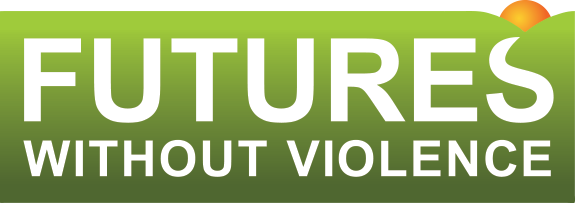Beyond Checking the Boxes: A Discussion on Education Program Evaluations
Title: Beyond Checking the Boxes: A Discussion on Education Program Evaluations
Date: Friday, January 17, 2020
Handouts
Logic Model Components: Definitions
Webinar Description:
As non-profit professionals with tight budgets and long lists of deliverables, we sometimes overlook the importance of stopping to evaluate the impact of our work. Evaluation is critical, however, to sustain the quality of the work and to justify what we do. Do you spend countless hours designing education programs and then, the day before the program, draft a survey type evaluation that concentrates on how the audience enjoyed the program and on assessing the teachers? Does your evaluation start and stop at the end of your training program? These are some common missteps in the process of evaluating training and development. This webinar will discuss the critical points at which you should evaluate your progress in the training design process, outline the types of information you should collect, and provide tips for how you should use the data you collect.
As a result of this webinar, you will be better able to:
- Describe the importance of evaluating the education programs/trainings you offer with OVW funding;
- Identify the key points in the training/education design process that you should evaluate your progress and outcomes;
- Discuss the types of evaluations to use in each step of the training process that will respect your budget and provide the most useful and insightful results.
Presenters:
Jennifer White, Futures Without Violence
Barbara MacQuarrie, Centre for University of Western Ontario, Centre for Research & Education on Violence Against Women and Children
Questions? Please contact Rebecca Del Rossi at rdelrossi@futureswithoutviolence.org.
This project is supported by Grant No. 2015-TA-AX-K067, awarded by the Office on Violence Against Women, U.S. Department of Justice. The opinions, findings, conclusions, and recommendations expressed in this publication/program/exhibition are those of the author(s) and do not necessarily reflect the views of the Department of Justice, Office on Violence Against Women.


